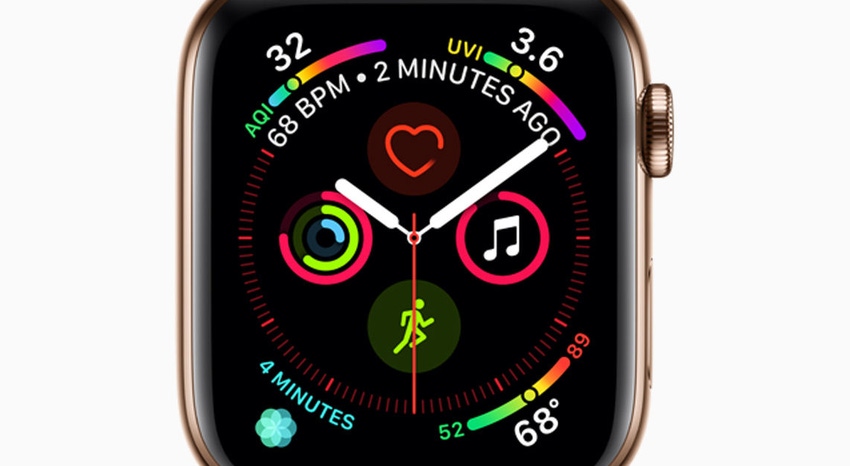The new Apple Watch has been cleared by the FDA to sell as a low-grade health tracking device but is not producing medical grade data.
September 14, 2018

The new Apple Watch has been cleared by the FDA to sell as a low-grade health tracking device but is not producing medical grade data.
At the event where the new iPhones were launched, Apple also launched the 4th iteration Apple Watch. Though it was not the focus of the event, Apple deservedly prided itself for being the first smart watch to pass FDA test. One feature highlighted at the presentation is, by combining the readings from the gyroscope and the accelerometer the Watch can tell when a user has tripped or fallen. If the user stays static after the fall for more than a minute, the cellular equipped Watch can automatically call for help from emergency service or reach out to the family or friend. This can turn out very helpful for the aging population.
Another function of the Apple Watch being marketed is its capability to detect and alert the user irregular heartbeats which can be a symptom of a heart condition called atrial fibrillation, or AFib. This can also be a meaningful feature for a large user group: according to estimates by the US Centers for Disease Control, between 2.7 and 6.1 million people in the US have AFib, many of whom may not be even aware of it.
Apple has conducted an “Apple Heart Study” with Stanford University, the findings of which became the basis on which it gained the FDA clearance. However the total sample size was small (few than 600) and the match rate with professional medical devices was not extremely high. But the data was good enough to convince FDA that the solution worked and it was safe. Apple Watch was given a Class II risk device category, meaning it will not be life threatening even if it does not work. In contrast, if a pacemaker stops working the patient will die, therefore it is classified Class III.
In its approval file to Apple, the FDA demanded Apple to explicitly spell out the possibility of inaccurate reading as well as warn users that the is not a replacement for medical care, although the worst that can happen when the Watch reading is wrong is to cause scare for a healthy user.
Therefore, the new Apple Watch can do the job of a low to mid-range electrocardiogram reader, but it is not a medical device. In a typical professional situation, a patient will have 12 reading leads attached to different parts of the body, including the chest and the limbs, to provide accurate reading. What Apple Watch can give is equivalent to one of them, on the wrist.
No professional physicians will make judgement based on the reading on the Apple Watch. Any sensible users had better not either.
About the Author(s)
You May Also Like








.png?width=300&auto=webp&quality=80&disable=upscale)


_1.jpg?width=300&auto=webp&quality=80&disable=upscale)


.png?width=800&auto=webp&quality=80&disable=upscale)